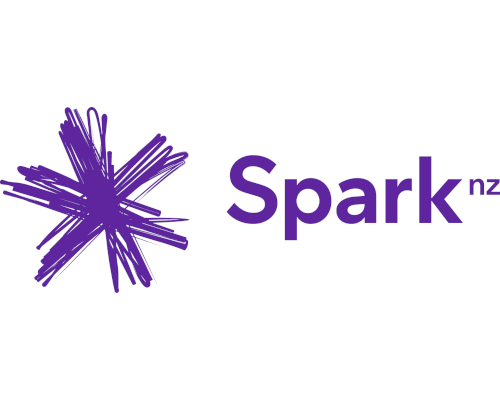New insights into the economic value of Internet of Things (IoT) in New Zealand shows forecast IoT technology growth is expected to contribute $15.8 billion to GDP in New Zealand by 2030.1
The research analysis commissioned by Spark IoT and undertaken by NERA Economic Consulting, reveals the local opportunity for IoT technology to bolster New Zealand GDP as the technology is adopted by more businesses across different sectors, with the total IoT connections forecast to grow by 132% by 2030 at an average rate of 11.3% annually.
This new research combines insights from global and local research, compiled using both top-down and bottom-up research methods to give insights into the economy-wide effects of IoT on indicators like productivity as well as insights into estimated cost savings and efficiencies at an industry and business level.
Spark IoT Lead, Michele Wong says the research is a clear indicator that technology assists businesses across all industries to be more sustainable and productive.
“As more businesses harness the benefits of IoT, technology efficiencies in supply chain, management and utilisation of infrastructure will be realised across industries.
“The findings pinpoint that for the construction industry alone, efficiencies and cost savings from IoT solutions could be worth a projected $12.9 billion by 2032.2 For example, the solution Dempsey Wood has deployed in partnership with specialised IoT company, Adroit, runs over the Spark New Zealand Cat-M1 IoT network to monitor levels of emissions from noise, dust, and vibration on construction sites. Delayed monitoring or inaccurate reporting can lead to potential breaches in compliance, resource consents, health and safety, and complaints from residents, which can then cause project delays and potentially added costs. The use of IoT technology mitigates these potential blocks and ensures that the construction work is on time and on budget.
“The research also highlights that water metering solutions would provide a potential net benefit of $28 million in market across a 10-year period up to 2027 from efficiencies and cost savings. This is in line with what we are seeing, as Councils around the country deploy IoT solutions to monitor and improve water usage across their networks.
“We worked with our technology partner Tussock Innovation to implement a monitoring system that enabled Citycare Water to see the status of their reservoir access hatches and water levels at any time, 24/7.
“In water networks, water reservoir hatches are one of the highest risk points for contaminants to enter. The solution provides increased assurance that water quality would be maintained by knowing if any reservoir hatch was open; and also provides the ability to see how much water was left in each tank and the empty rate via machine learning tools to identify leaks between groups of tanks and manage water quality knowledge.
“Ultimately this technology can connect and monitor physical assets and natural environments, which creates insights that people and systems can then act on to improve their business operations.”



 The Reserve Bank of New Zealand: CoFR Seeking Feedback On Access To Basic Transaction Accounts
The Reserve Bank of New Zealand: CoFR Seeking Feedback On Access To Basic Transaction Accounts 2Degrees: Stop The Pings - Half Of Kiwis Overwhelmed By Notifications
2Degrees: Stop The Pings - Half Of Kiwis Overwhelmed By Notifications Electricity Networks Association: How Many More Trees Need To Fall On Power Lines Before The Rules Change?
Electricity Networks Association: How Many More Trees Need To Fall On Power Lines Before The Rules Change? Parrot Analytics: Netflix Earnings - Price Hikes With Minimal Churn | Will Netflix Be A Bright Spot For Markets?
Parrot Analytics: Netflix Earnings - Price Hikes With Minimal Churn | Will Netflix Be A Bright Spot For Markets? Canterbury Museum: Mystery Molars Lead To Discovery Of Giant Crayfish In Ancient Aotearoa New Zealand
Canterbury Museum: Mystery Molars Lead To Discovery Of Giant Crayfish In Ancient Aotearoa New Zealand Ngā Pae o te Māramatanga: Māori Concerns About Misuse Of Facial Recognition Technology Highlighted In Science
Ngā Pae o te Māramatanga: Māori Concerns About Misuse Of Facial Recognition Technology Highlighted In Science



